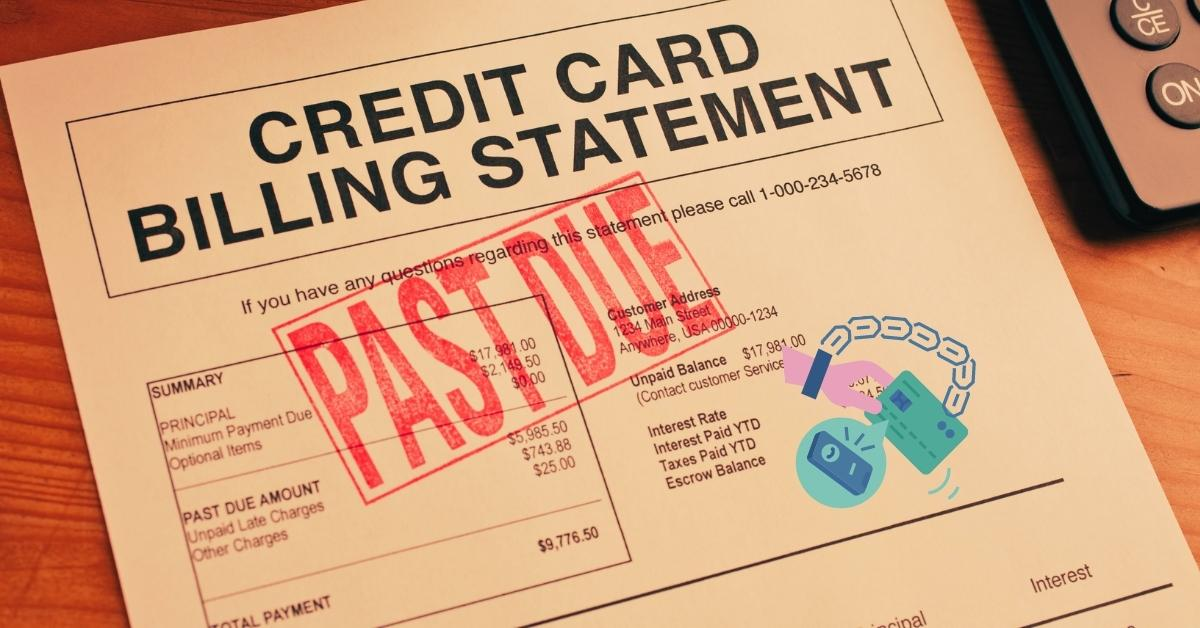The statement balance is the total amount you owe to your credit grantor while the interest-saving balance is the amount you can pay to avoid interest on the balance.
In a hurry?
Listen to this audio summary
Do you have a Chase or Amazon credit card?
Then you must have heard about Interest Saving Balance a lot and probably confused it with Statement Balance. If so then this is the right place for you.
Because in this post on Interest Saving Balance Vs Statement Balance, I am going to briefly describe the difference between Interest saving balance vs Statement balance chase. Moreover, I will also answer many more related queries. So, stay with me till the end.
Let’s start with what statement balance is.
What Is Statement Balance?

The statement balance is the total amount you owe to your credit grantor for purchases, cash advances, and balance transfers made during a billing cycle. It also adds interest charges and other fees.
We all know how a credit card works, right? You borrow money from your credit card issuer during a month or billing cycle and pay the amount on the payment due days.
Here, statement balance is basically the bill of your credit card for a particular month. Your credit card issuer sends you a copy of this bill at the end of a billing cycle. So, the statement balance is the sum of the money you borrowed with applicable interest and fees.
We have already covered the interest-saving balance in a previous post.
Find Out What is Interest Saving Balance?
However, If you are in a hurry then here is a small glimpse of it.
What does Interest Saving Balance mean on Chase Credit Card?
The “interest saving balance” on a Chase credit card is the minimum amount you need to pay each month to avoid interest charges on new purchases.
It is typically calculated by chase and shown on the My Chase app. If you pay your entire interest saving balance by the due date each month, you will not be charged interest on new purchases for the next billing cycle. Keep in mind that. Interest saving balance is only applicable for purchases, but it does not apply for cash advances and balance transfers. So, what about Amazon interest saving balance?
What is Interest Saving Balance on Amazon Card?
The interest-saving balance on an Amazon credit card is the minimum amount you need to pay each month to avoid interest charges on new purchases and existing balances. It is similar to Chase Interest Saving Balance. As Amazon visa card is also associated with Chase.
However, in Amazon cards, the minimum amount is called equal monthly payment. So, The Interest Saving Balance includes your equal monthly payment amount due and any non-promotional balances you have. But remember, you will not earn rewards if you choose equal monthly payments.
Now that we know about both of them. So, let’s look at interest saving balance vs statement balance.
Interest Saving Balance Vs Statement Balance
In the below comparison chart, you will find a brief difference between interest saving balance and statement balance.
| Comparison Factor | Interest Saving Balance | Statement Balance |
| Definition | The purpose of an interest-saving balance is to help you avoid debt, penalties, and high interest fees. | The statement balance is the total amount you owe to your credit card company for a billing cycle. |
| Purpose | The purpose of an interest-saving balance is to help you avoid debt, penalties, and high-interest fees. | The purpose of a statement balance is to let you know how much you owe. |
| Usage | If you pay it in full, you still owe an outstanding balance. | If you pay it in full, you don’t owe anything for that billing cycle. |
| Who offers | Only Chase and amazon offer it. | All credit card companies provide statement balances. |
| When And Where It Appears | At the end of a billing cycle on your credit card app or website. | It appears both digitally and by mail at the end of a billing cycle. |
This is the difference between interest saving balance and statement balance.
Also, check what is a billing cycle?
Though, I must add one thing, the purpose of the interest-saving balance is widely debated. To some, it is just a marketing gimmick by Chase and Amazon. Because it is almost the same as the minimum balance. But is it actually?
Let’s find out the difference between interest saving balance vs minimum balance.
Interest Saving Balance Vs Minimum Balance
Though the working mechanism of interest saving balance and minimum balance is almost the same there is a small difference between them. Let’s have a look
| Interest Saving Balance | Minimum Balance |
| The interest-saving balance is the minimum amount you need to pay for avoiding incurring interest on your new purchases and remaining balance. | Minimum balance is the minimum amount a credit card holder has to pay to avoid late fees. |
| It helps you avoid interest and late fees both on new purchases. | It helps you avoid only late penalties. Interest on the remaining balance and new purchases will remain. |
| Only Chase and Amazon offer it. | All the credit card companies offer it. |
By this time, we have found the difference between chase interest Saving balance vs Statement balance. So, which one should you pay?
Should I Pay Interest Saving Balance Or Statement Balance?
You should always pay your statement balance to avoid credit card debt.
Though interest saving balance is good for avoiding fees and penalties. However, if you do not pay your statement balance then it will keep rising to a level that you won’t be able to pay. So, you will end up in debt.
Moreover, you will still have interest on your main balance if you pay only the interest-saving balance. So, using it is not a good long-term option. However, if you are unable to pay the statement balance for a month then you can pay the interest-saving balance. So, always pay the statement balance to avoid debt.
Now, let’s look at some of the related queries.
FAQs
Here are some of the frequently asked questions related to this topic.
Does Interest Saving Balance Affect Credit Score?
No, your Interest Saving balance does not directly affect your credit score. However. If you carry a high balance on your credit card, your credit utilization ratio will be high. This could hurt your credit score. On the other hand, if you are unable to pay your Interest Saving balance in full each month, you may be charged interest. This could increase your credit card debt, which could also hurt your credit score.
Does Paying the Statement Balance Mean no Interest?
Yes, paying your statement balance in full by the due date will prevent you from being charged interest on new purchases made during the current billing cycle. This is because the statement balance represents the total amount of money you owe for purchases made during that cycle.
Is it Better to pay Statement balance or Current Balance?
It is generally recommended to pay your statement balance in full each month by the due date to avoid interest charges on new purchases. However, if you are unable to do that then paying your current balance could help you avoid any interest on new purchases.
In Summary
Interest saving balance and Statement balance are two different things meant for different purposes. While Interest Saving balance is just a feature offered by Chase, the statement balance is a credit card essential offered by all the banks.


